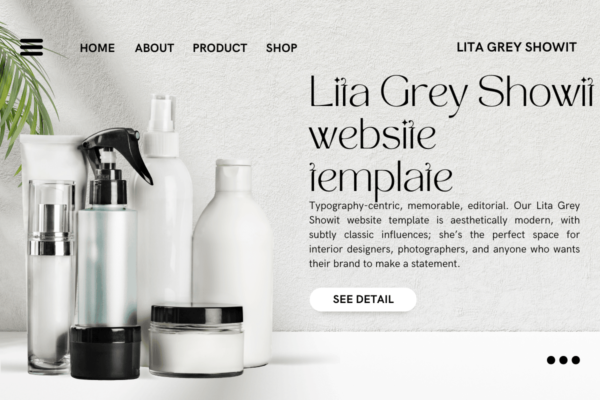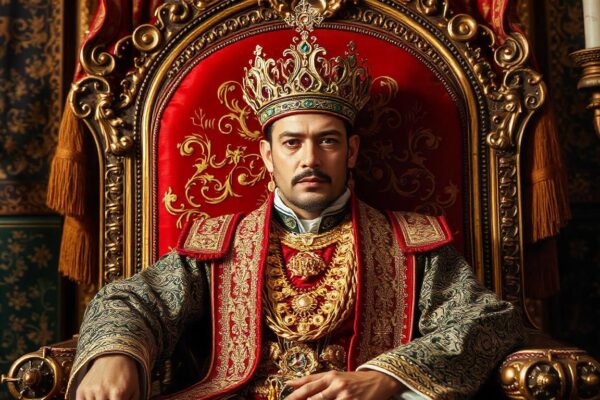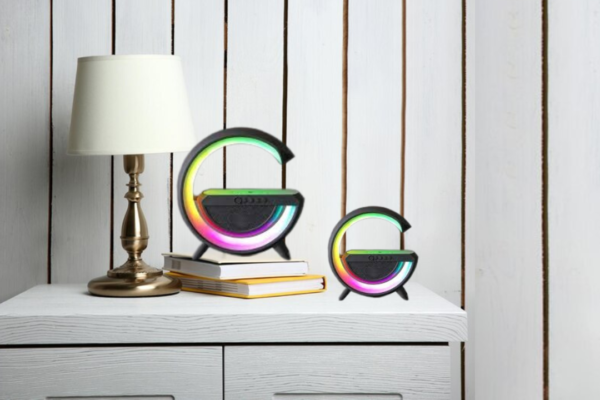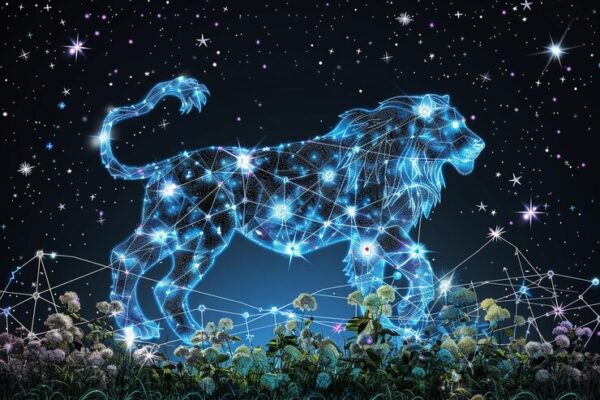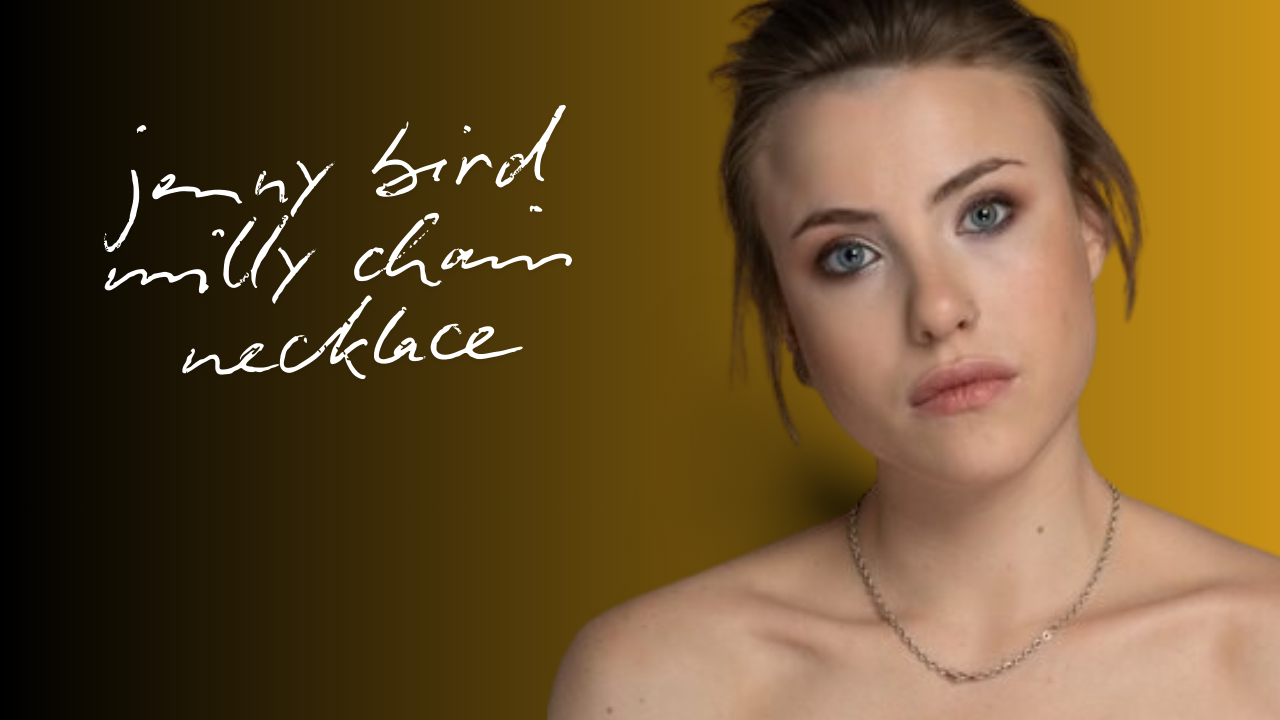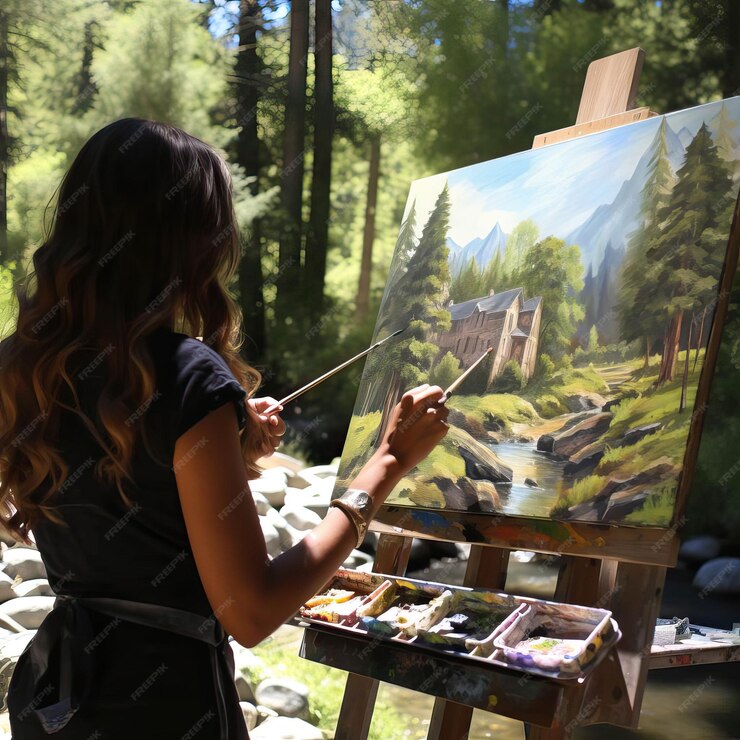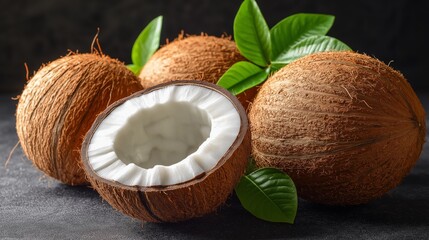The 1950’s marked a significant shift in the world of fashion. After the austerity of the 1940’s due to World War II, the post-war boom brought a sense of hope, prosperity, and a return to luxury. Clothing in this era reflected these changes, with a focus on elegance, femininity, and a celebration of form. Women’s fashion saw a sharp return to more decorative and structured garments, while men began to experiment with a balance of casual and formal wear.
The 1950s also introduced the idea of fashion as a cultural force. Hollywood icons, the rise of teenage culture, and designers such as Christian Dior all played pivotal roles in shaping the trends that would define this stylish era.
Women’s Fashion in the 1950’s
Women’s fashion in the 1950s transitioned from the formality of the earlier decades to a more relaxed, comfortable style.
1. The Feminine Silhouette: Dior’s “New Look”
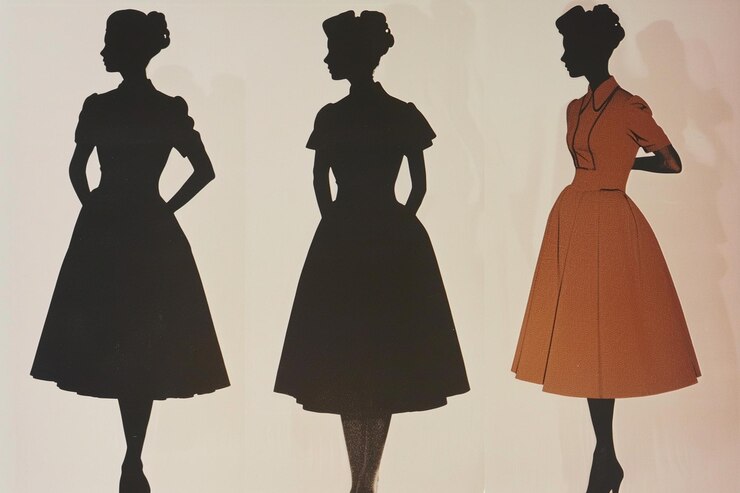
One of the most influential fashion movements of the 1950s was Christian Dior’s “New Look”, introduced in 1947. This design was characterized by its dramatic hourglass shape, which emphasized a tiny, cinched waist, a full, voluminous skirt, and a fitted bodice. After the practicality and rationing of the war years, Dior’s vision embraced opulence, femininity, and grace.
Women’s clothing in the 1950s followed this trend, favoring dresses that accentuated curves, often with petticoats underneath to create the signature silhouette. The “New Look” redefined women’s fashion, encouraging a sense of glamour and refinement.
2. Popular Fabrics and Patterns of the 1950s
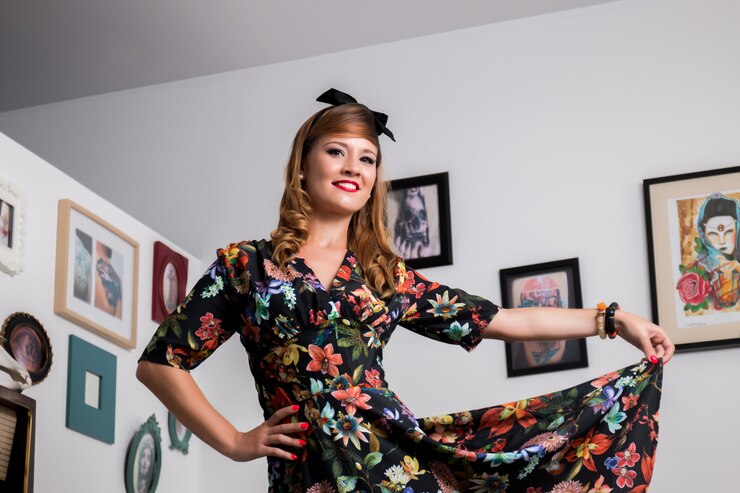
The fabrics and patterns used in 1950’s fashion were as varied as the designs themselves. Luxurious materials such as taffeta, silk, chiffon, and cotton were commonly used, especially in eveningwear. For day-to-day dresses, practical materials like cotton were popular, but with a stylish twist.
Patterns were bold and playful, featuring polka dots, florals, stripes, and the iconic gingham print. These prints reflected the optimism of the time, often in bright and pastel colors that radiated cheerfulness and vibrancy.
3. Casual Fashion in the 1950s
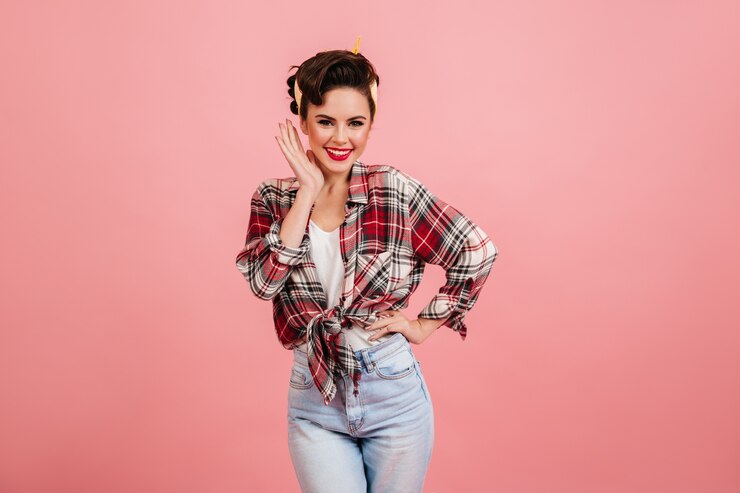
While dresses and skirts dominated the 1950’s, casual wear also became an important part of everyday fashion. With the rise of suburban living, women embraced more relaxed outfits for day-to-day activities. Capri pants and button-down shirts became staple pieces for casual settings, reflecting a shift towards comfort while maintaining a polished look. Women also wore cardigans over blouses, pairing them with loafers or ballet flats.
This era also saw the birth of the “off-duty” style for women, influenced by the rise of leisure time in suburban America.
4. Evening Wear: Glamour and Elegance
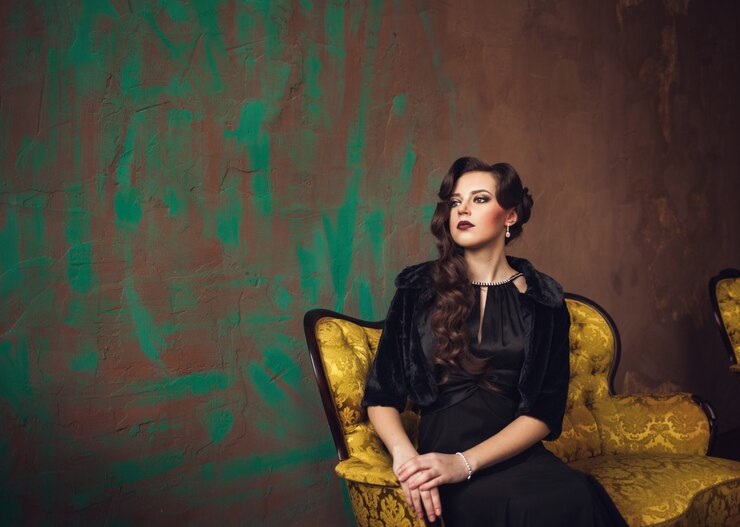
For formal occasions, 1950s evening wear was nothing short of glamorous. Fitted bodices, long skirts, and luxurious fabrics such as satin, velvet, and lace dominated the evening scene. The cocktail dress, introduced in this decade, became a fashionable staple for semi-formal events, offering a shorter, more versatile option for women who wanted to make a statement without going full-length.
Hollywood stars, such as Grace Kelly and Audrey Hepburn, set the tone for evening glamour with their refined yet daring outfits, which were often emulated by women around the world.
1950s Icons:
- Audrey Hepburn,
- Marilyn Monroe,
- and Grace Kelly
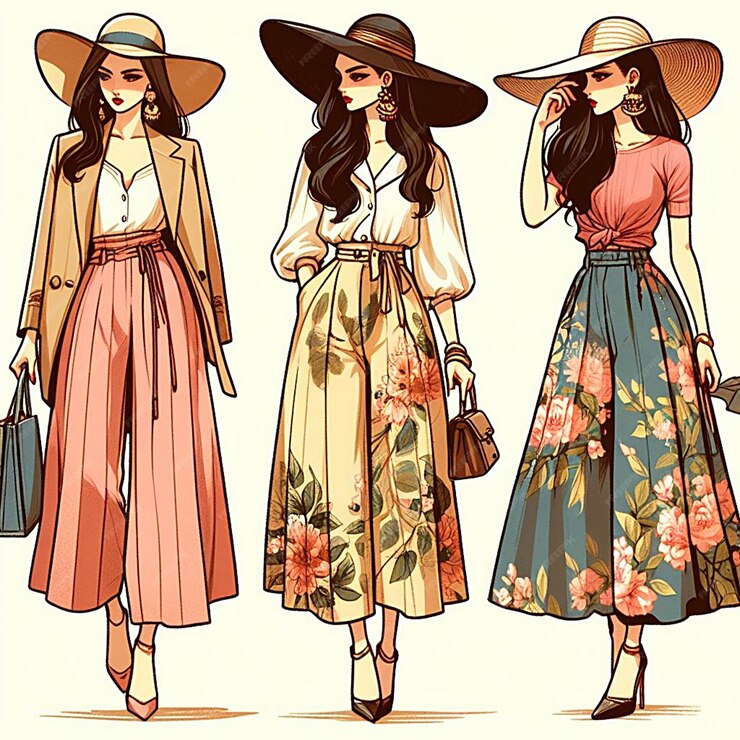
Fashion in the 1950’s was heavily influenced by the leading ladies of Hollywood. Audrey Hepburn, with her timeless elegance and minimalist style, popularized the little black dress and chic, understated outfits. On the other hand, Marilyn Monroe became a symbol of glamorous, sensual fashion, often donning figure-hugging gowns and bold, feminine outfits that celebrated curves.
Grace Kelly, with her refined, princess-like persona, embodied the ideal of 1950s femininity. Her polished, sophisticated look was mimicked by women all over the world, solidifying her status as a fashion icon.
Men’s Fashion in the 1950’s
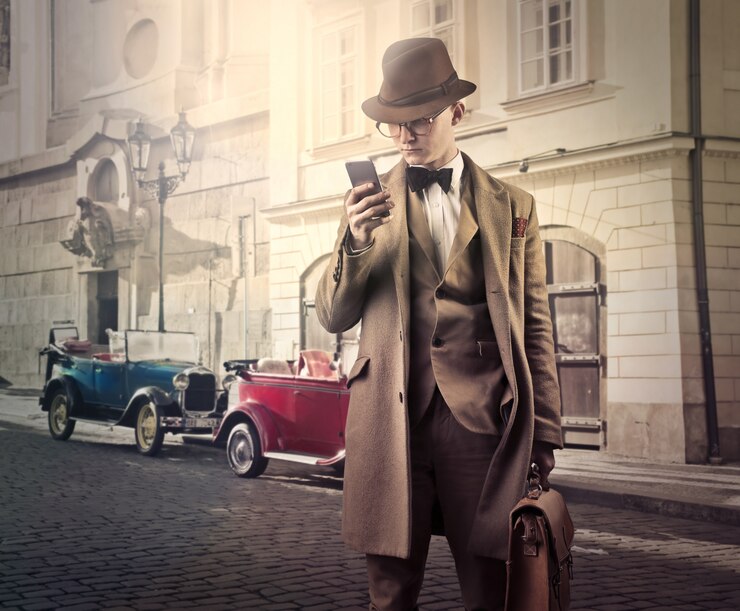
Men’s fashion in the 1950s transitioned from the formality of the earlier decades to a more relaxed, comfortable style. Classic suits remained the standard for formal and business occasions, often in darker colors with skinny ties and well-fitted jackets. However, casualwear became more common, with polo shirts, sweaters, and cardigans making appearances in men’s wardrobes.
One of the biggest shifts was the rise of the “rebel” look, popularized by figures like James Dean. Leather jackets, white t-shirts, and jeans became synonymous with rebellious youth, challenging traditional norms of masculinity and style.
Accessories That Defined the Era
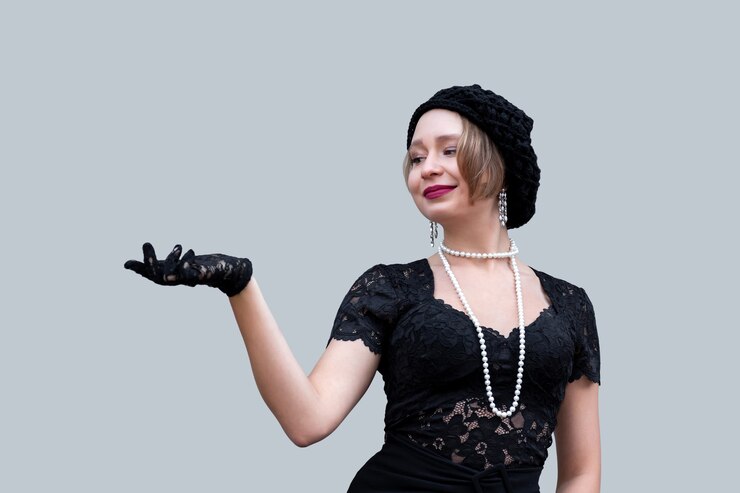
Accessories played a crucial role in completing the 1950s look. For women, gloves, hats, and pearls were must-have accessories, particularly for formal events. A wide-brimmed hat or a small fascinator added elegance to any outfit, while gloves were worn both for style and modesty.
Men’s accessories included fedoras, pocket squares, and bow ties, which added sophistication to suits. Both men and women used accessories to reflect their personal style while adhering to the polished standards of the time.
Shoes of the 1950s
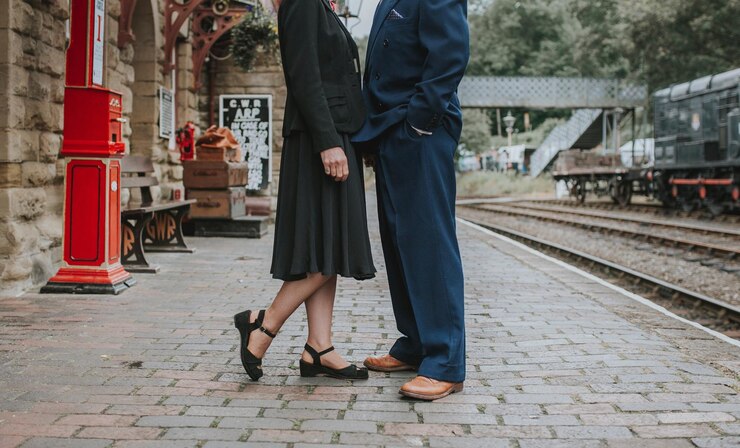
Shoes in the 1950’s were equally iconic. For women, stiletto heels became increasingly popular, reflecting the era’s focus on femininity and elegance. At the same time, ballet flats and kitten heels provided stylish, more comfortable options for daywear. Men favored classic styles like Oxfords, loafers, and the popular saddle shoe for both formal and casual settings.
Teen Fashion:
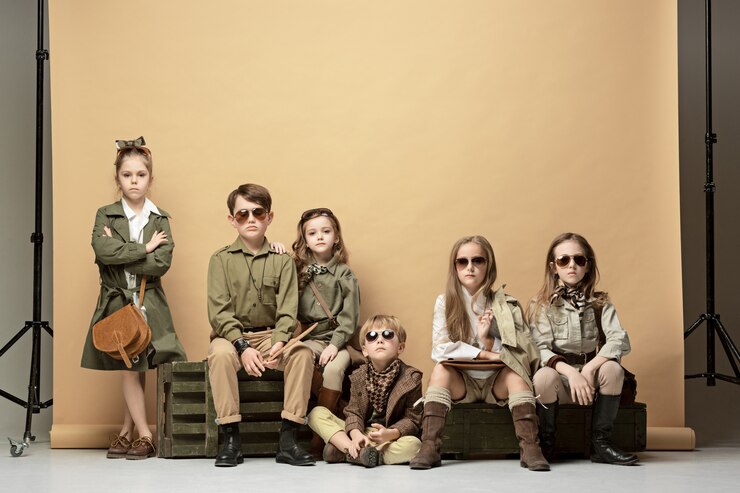
The Rise of Youth Culture: The 1950s marked the rise of the “teenager” as a distinct demographic, both in culture and fashion. Influenced by rock and roll music and icons like Elvis Presley, teens embraced rebellious styles that contrasted with the more conservative fashions of their parents. Poodle skirts, bobby socks, and letterman jackets were popular for girls, while boys gravitated toward leather jackets and jeans, mirroring the “bad boy” look made famous by stars like James Dean.
Hairstyles of the 1950s
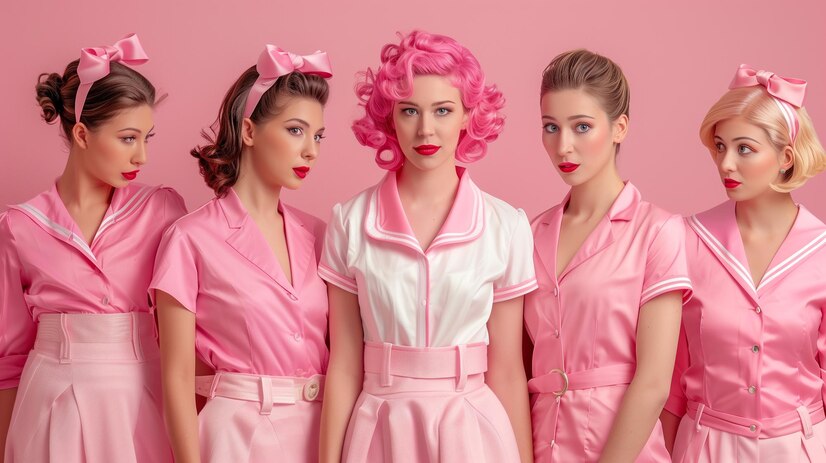
Hairstyles in the 1950s were as important as the clothes themselves. For women, popular styles included pin curls, victory rolls, and the voluminous bouffant, which required careful styling and plenty of hairspray. Younger women often sported ponytails with ribbons, keeping their hair sleek and neat.
Men’s hairstyles were equally iconic, ranging from the clean-cut crew cut to the rebellious pompadour, often associated with the “greaser” subculture.
1950s Fashion Icons: Designers Who Shaped the Decade
The 1950s wouldn’t be complete without acknowledging the influence of legendary designers like Christian Dior, Hubert de Givenchy, and Coco Chanel. Dior’s “New Look” set the tone for much of the decade, while Givenchy’s elegant designs, particularly his work with Audrey Hepburn, became a hallmark of sophisticated style. Chanel continued to modernize her designs, creating timeless pieces like the tweed suit, which remains a classic to this day.
The Influence of Hollywood and Pop Culture on Fashion
Hollywood’s golden age had a profound influence on fashion trends. Movies, TV shows, and celebrity endorsements made certain styles accessible to the general public. Films such as “Roman Holiday” and “Gentlemen Prefer Blondes” shaped how women dressed, while fashion magazines like Vogue and Harper’s Bazaar helped spread the latest trends to every corner of the world.
The Legacy of 1950s Fashion Today
The influence of 1950s fashion is still felt in modern times. Vintage-inspired designs continue to appear on runways, with the classic hourglass silhouette, polka dots, and retro prints making frequent comebacks. The 1950s was a decade that embraced elegance, structure, and the celebration of individuality, which continues to inspire designers and fashion enthusiasts today.

